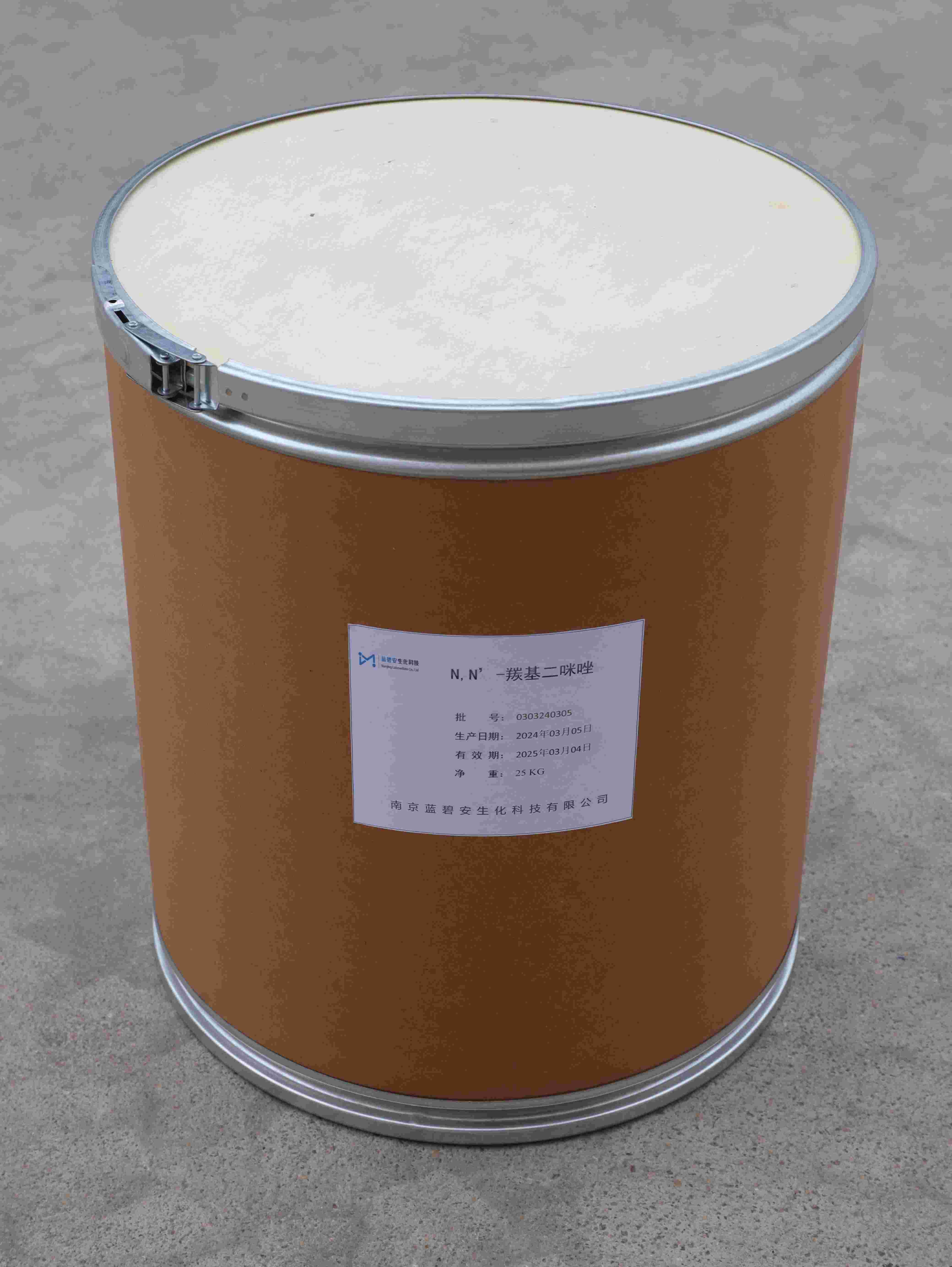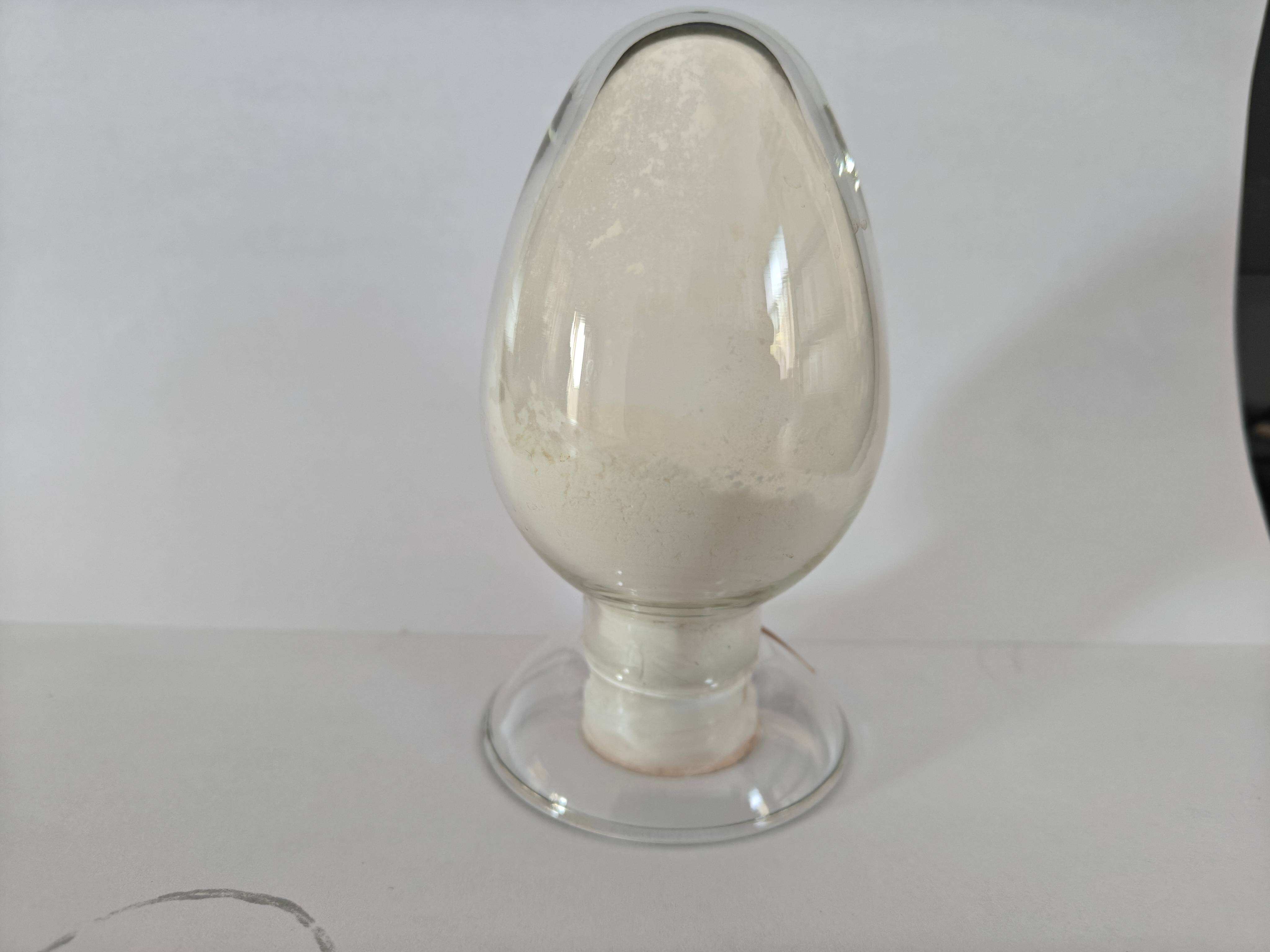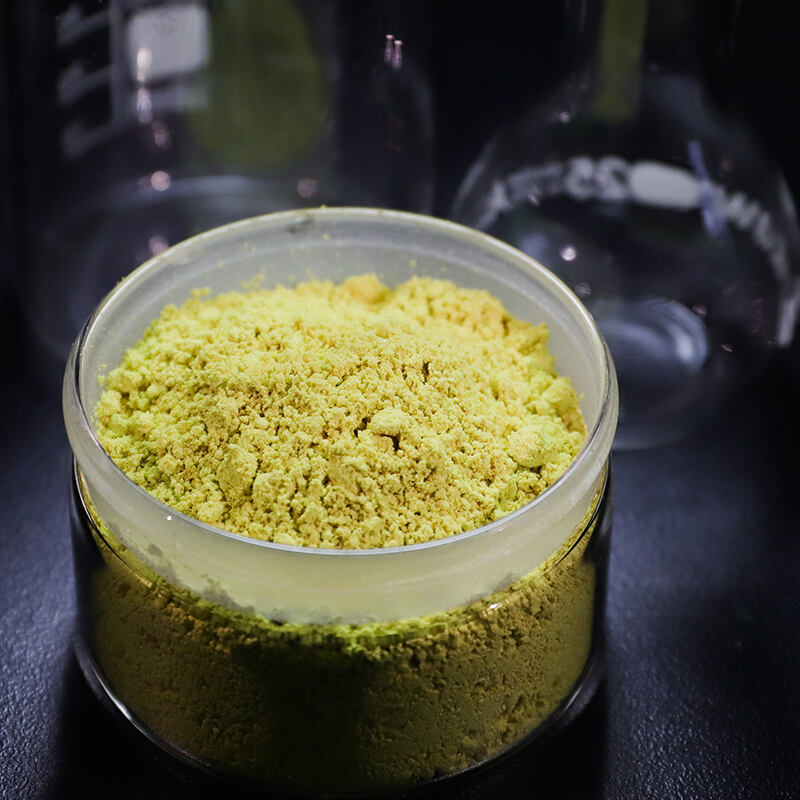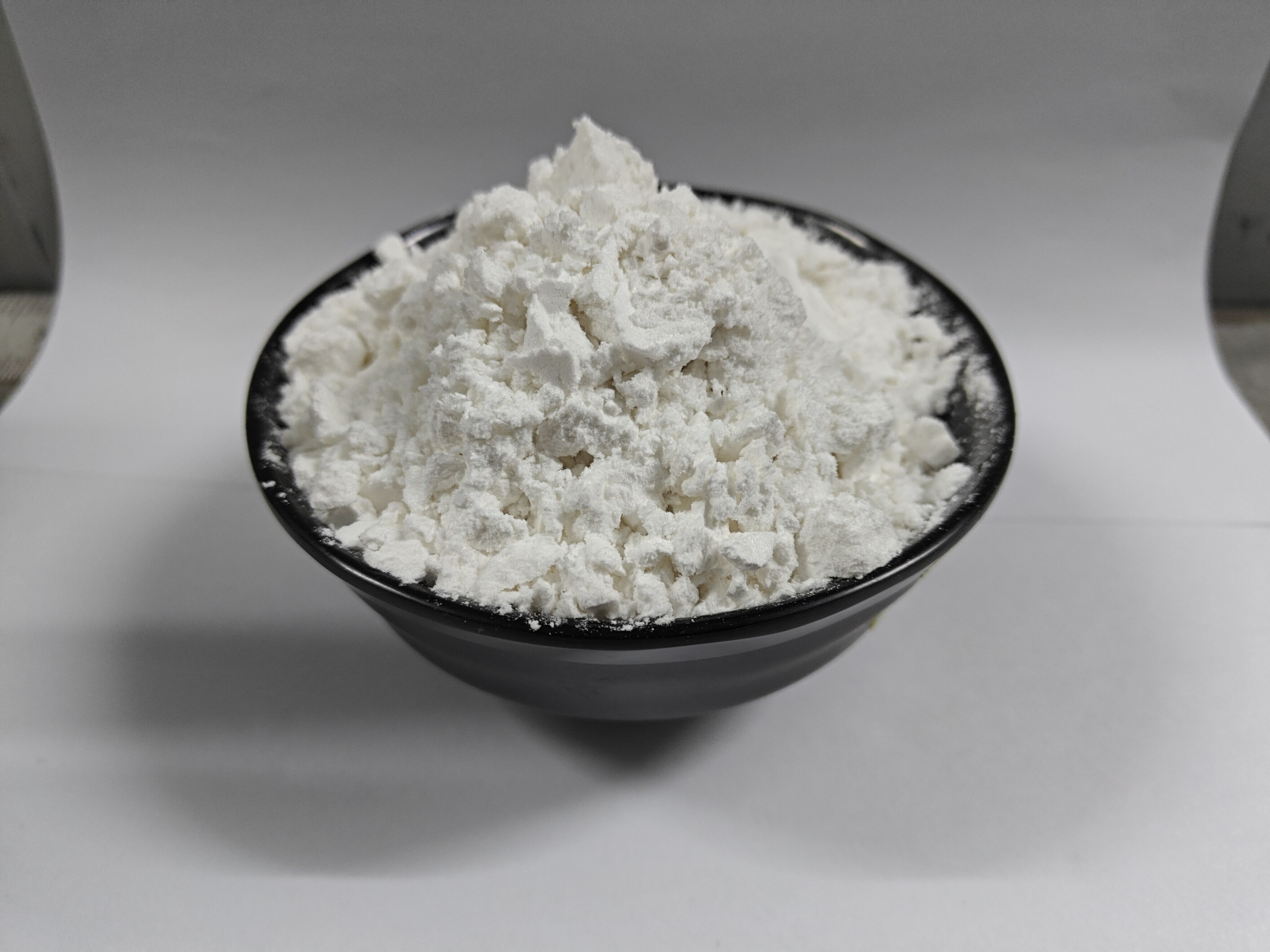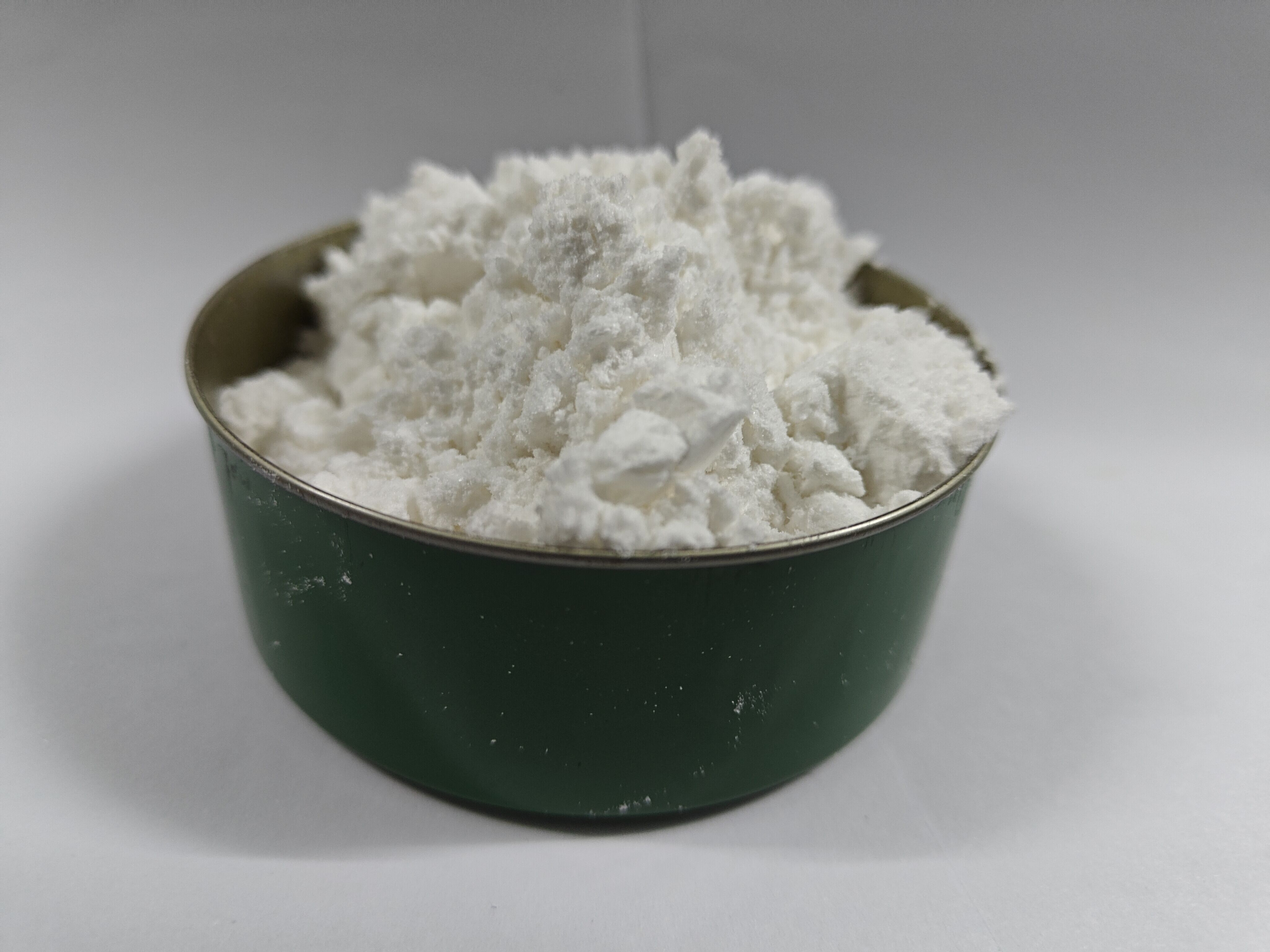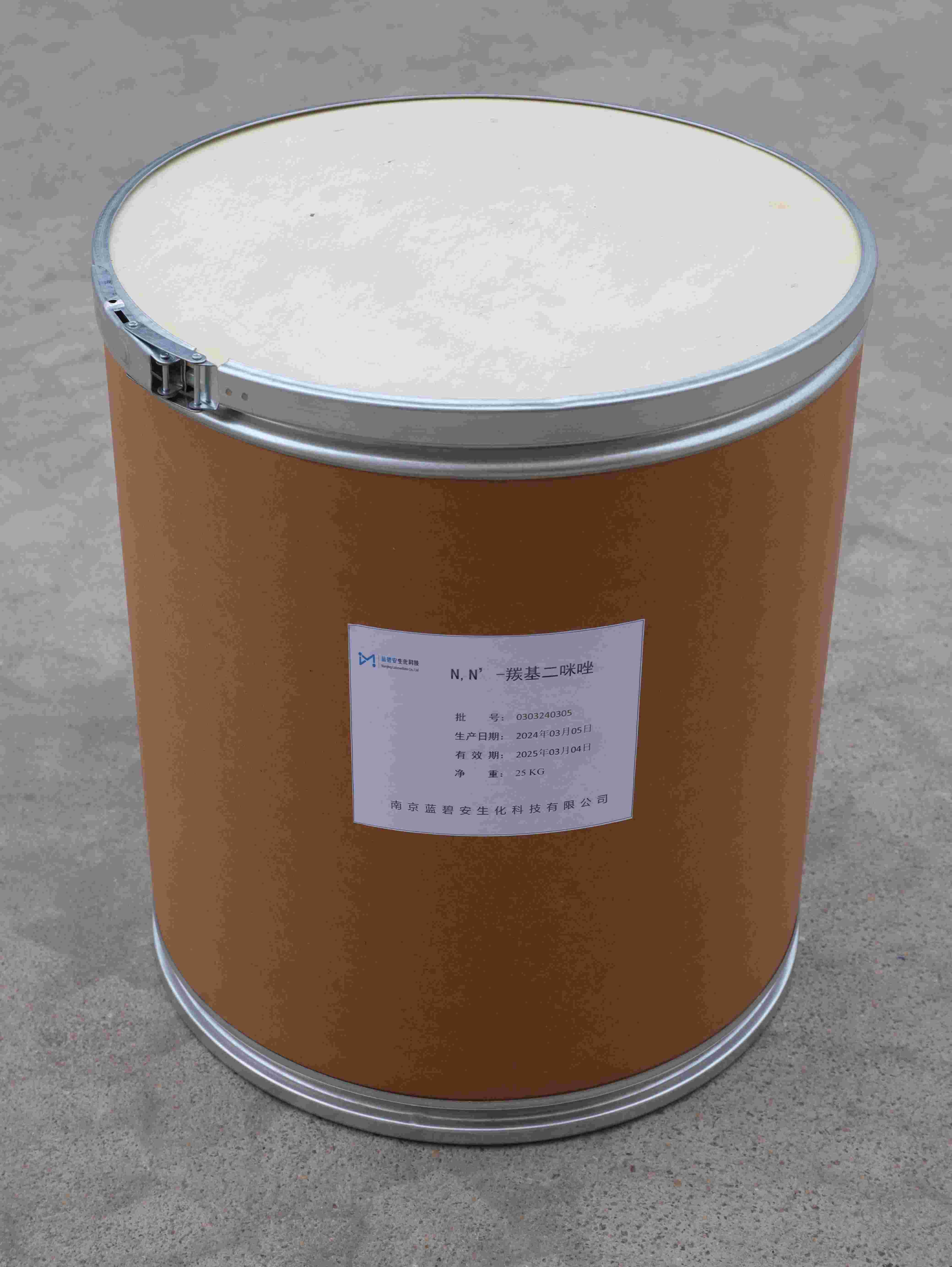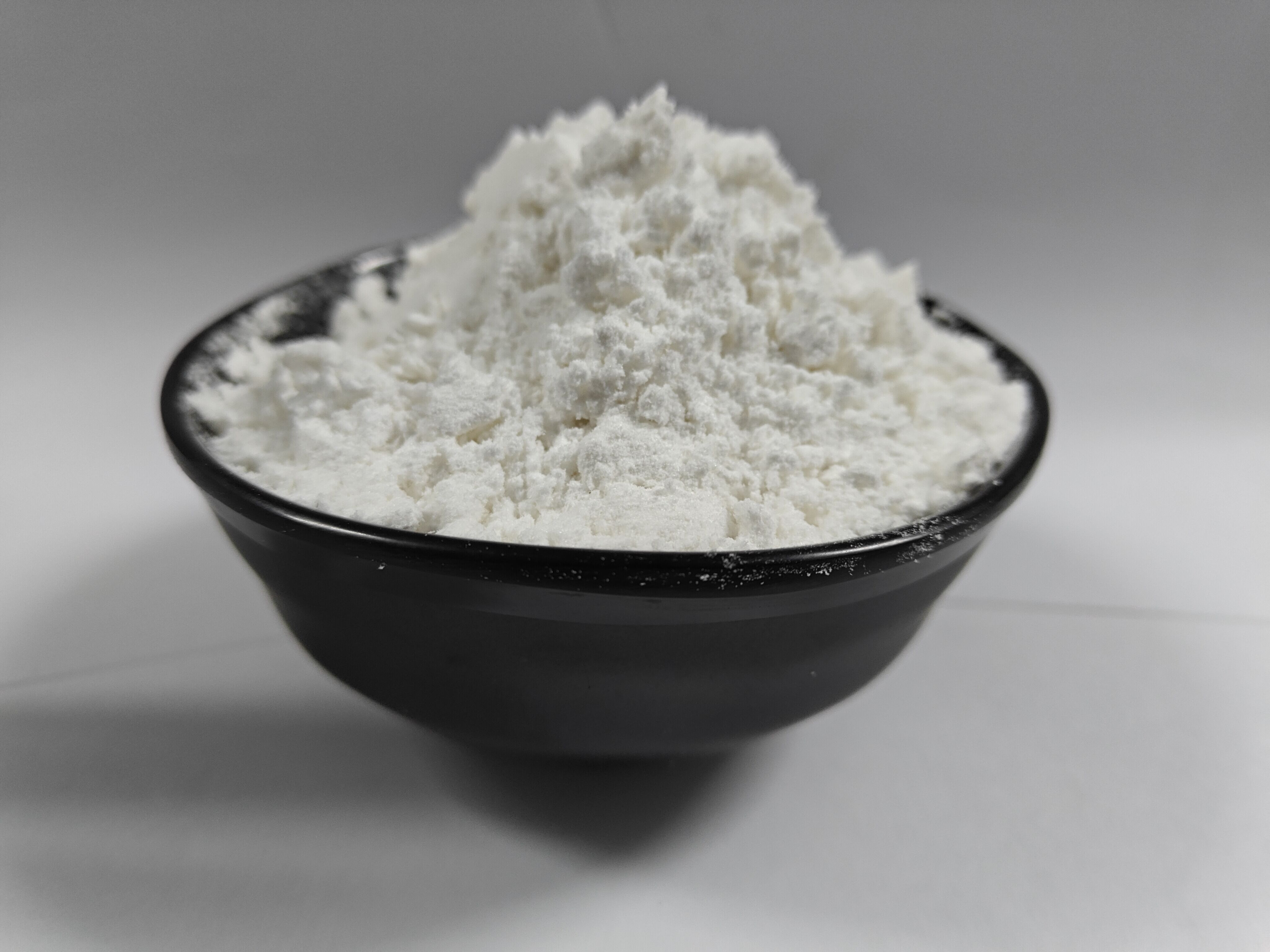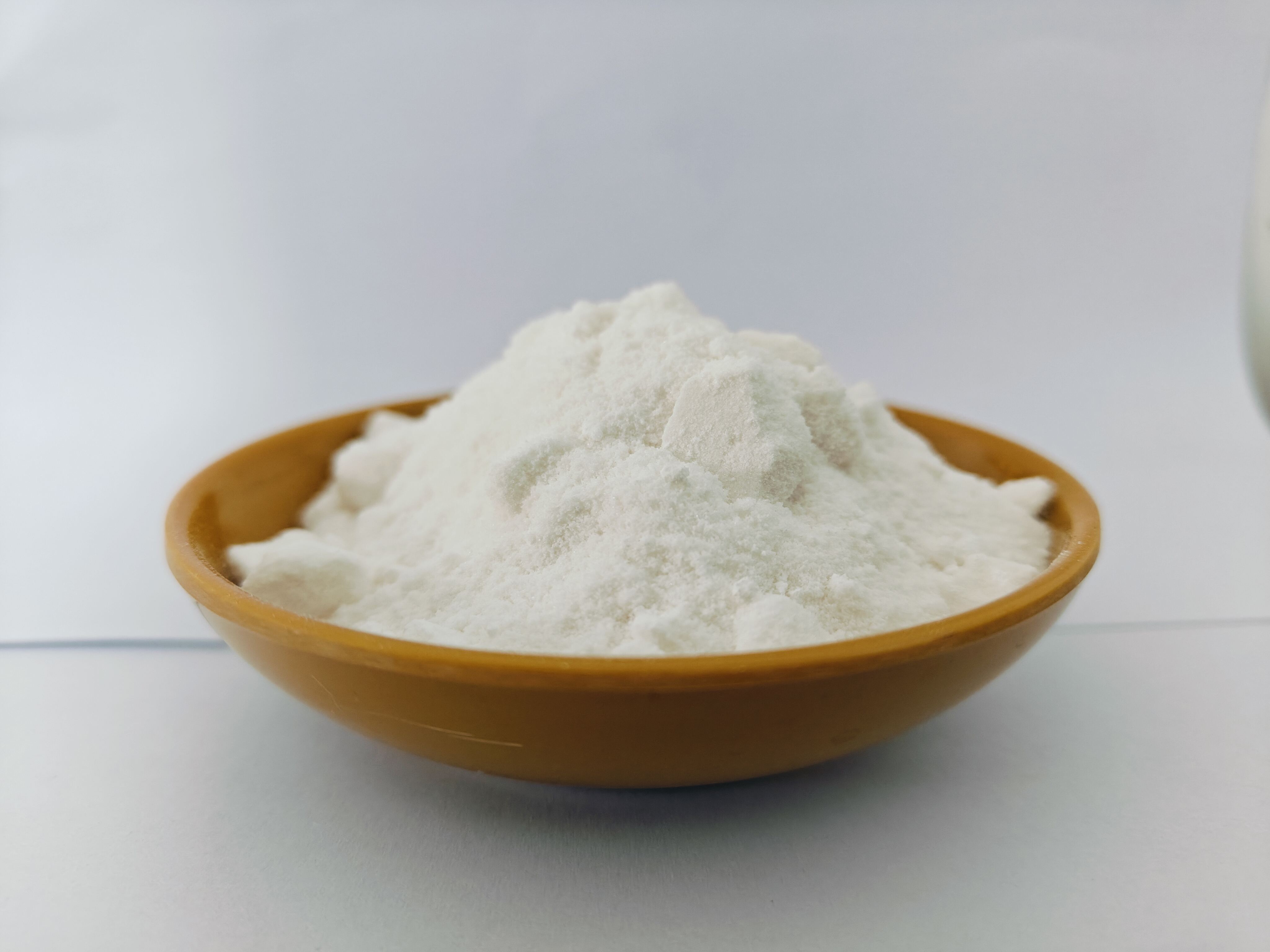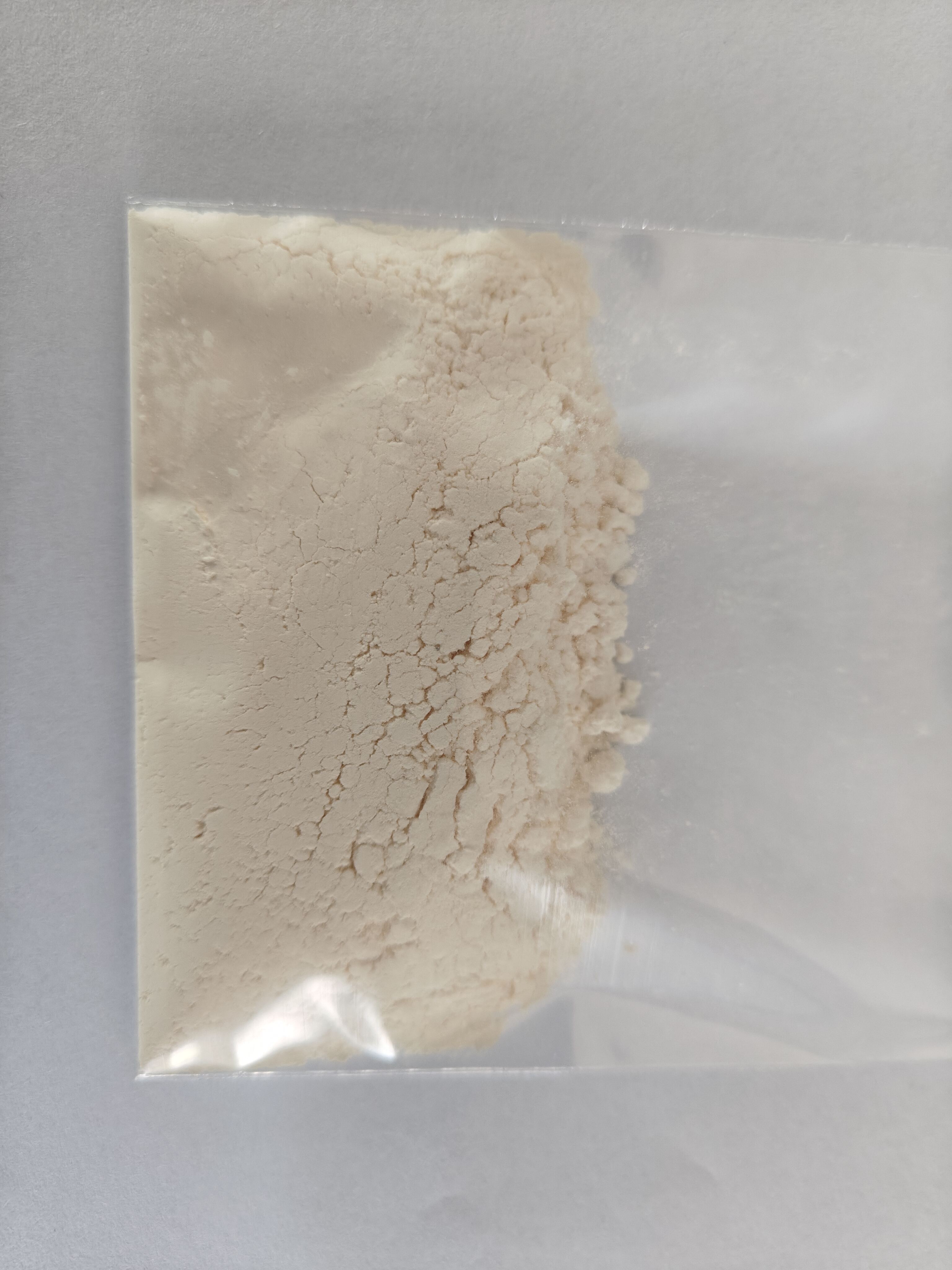flexural characteristics
Flexural characteristics represent the fundamental properties that determine how materials respond to bending forces and loads. These properties are crucial in engineering, construction, and manufacturing processes, encompassing aspects such as flexural strength, modulus, and strain. The behavior of materials under bending stress is particularly important in structural applications, where components must maintain their integrity while supporting various loads. Modern testing methods, including three-point and four-point bending tests, provide precise measurements of these characteristics, enabling engineers to optimize material selection and design. The flexural response of materials is influenced by factors such as composition, temperature, and environmental conditions, making it essential to understand these relationships for practical applications. Advanced computational models now allow for accurate prediction of flexural behavior, facilitating more efficient design processes and reducing the need for extensive physical testing. These characteristics play a vital role in applications ranging from construction materials and automotive components to aerospace structures and consumer products.

